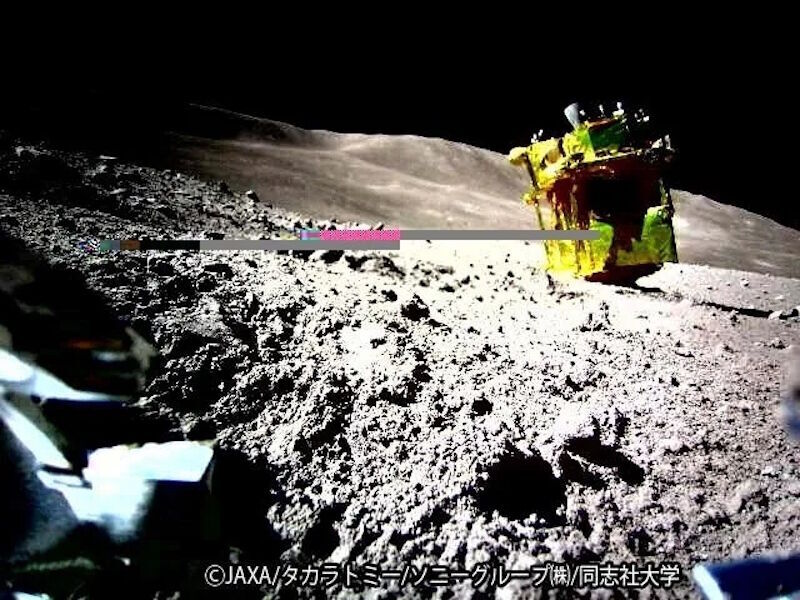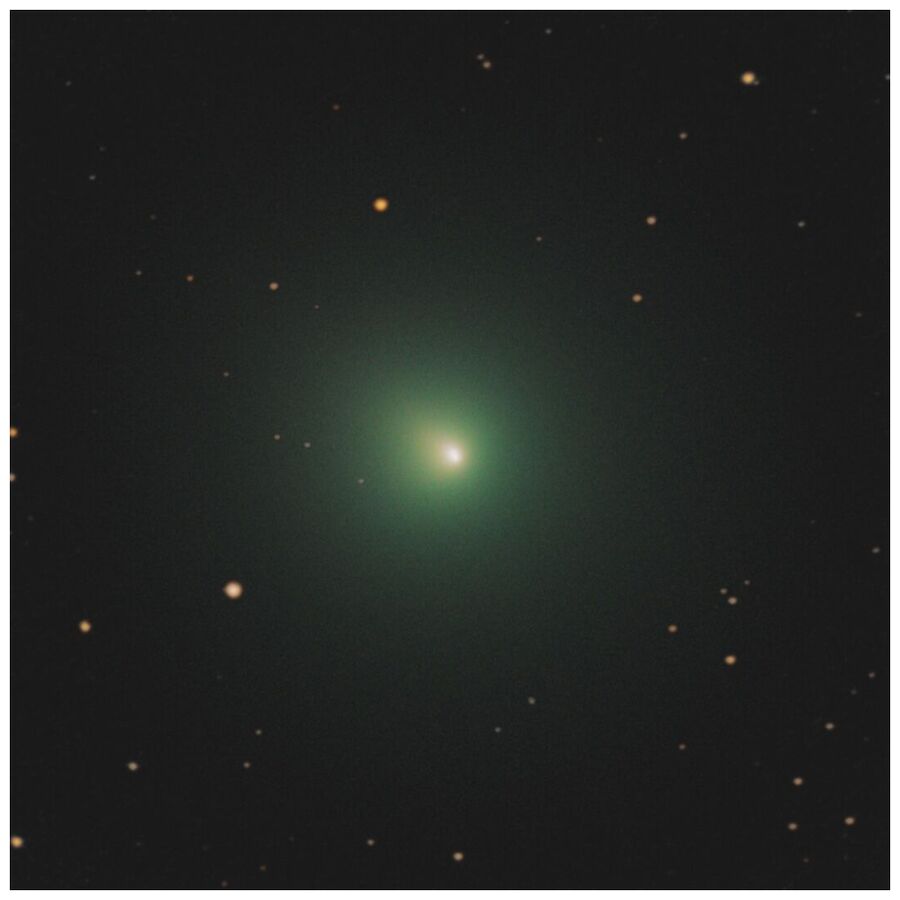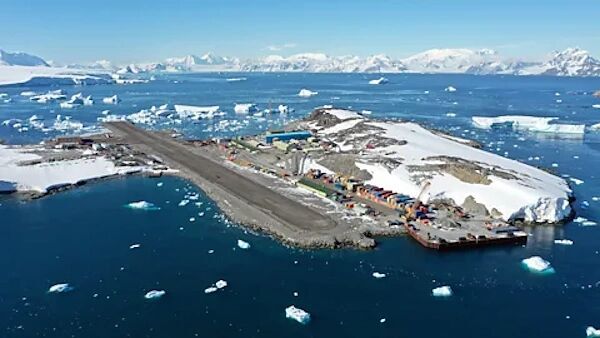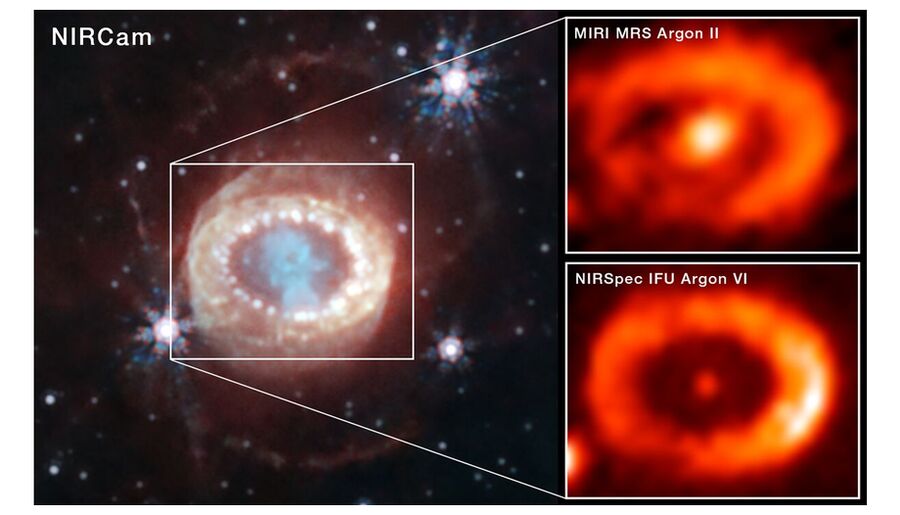OF THE
TIMES


Dr Barber said that future landers will need so-called 'active' thermal control - that is the ability to dissipate heat generated on board during the daytime, and then to change into a heat-conserving mode at night to prevent things getting too cold.
"The fact that Slim survived without such a complex design might give us clues as to how electronics really behaves on the Moon," he said. "Plus, we can look forward to more science from Slim!"
The landing in January made Jaxa only the fifth national space agency to achieve a soft touchdown on the Moon - after the US, the former Soviet Union, China and India.
Also in a post on X, Jaxa congratulated the team behind a US spacecraft, the Odysseus Moon lander, for making history on Thursday by becoming the first ever privately built and operated robot to complete a soft lunar touchdown.
Like Slim, it also landed awkwardly. Controllers at the operating company, Intuitive Machines, think their robot tipped on to its side at the moment of touchdown. Odysseus does, however, appear still to be functional and is communicating with Earth.
No pictures from the Odysseus mission at the surface have yet been released.




Comment: Has there ever been a 'green' initiative that didn't turn out to be a scam?
See also: